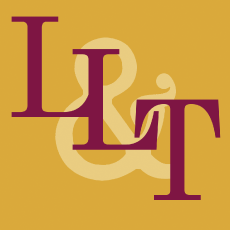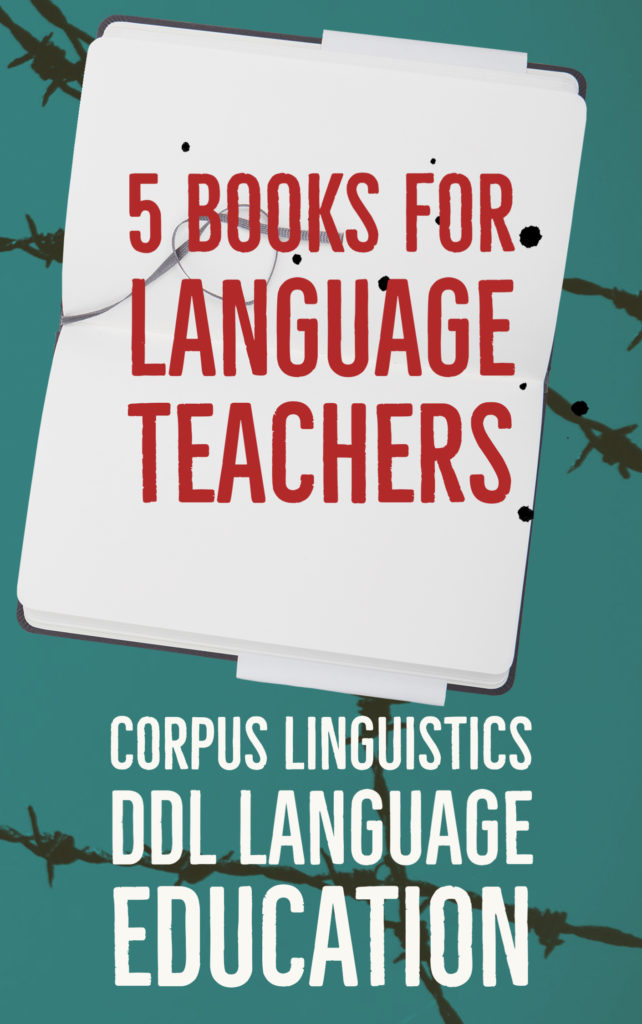
Call for papers – Vol. 31, Issue 2
Guest editors: Javad Zare, Kosar University of Bojnord, Iran, and Alex Boulton, Université de Lorraine, France
Language Learning & Technology has an active call for papers in a special issue on Generative AI and data-driven learning in second language learning: What the future holds, guest edited by Javad Zare and Alex Boulton.
Abstracts for this special issue Call for Papers should be no more than 500 words and should describe the study’s aim, methodology, findings related to L2 learning outcomes, and how these findings can be used in classroom contexts to enhance L2 teaching and learning with technology. To be considered for this special issue, which will appear in volume 31, issue 2 in June of 2027, please submit a title and a 500-word abstract through this online form by June 1, 2025.
Details for the call for proposals are available on our website: https://www.lltjournal.org/post/21/


